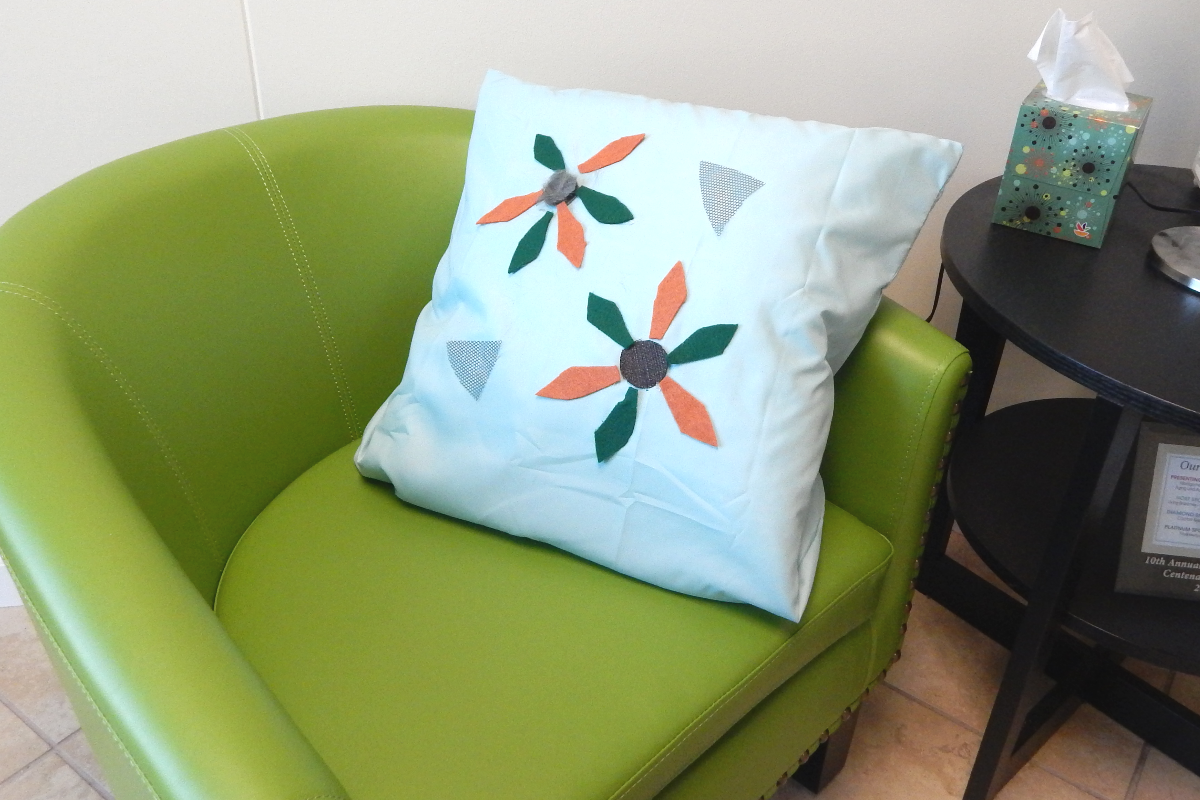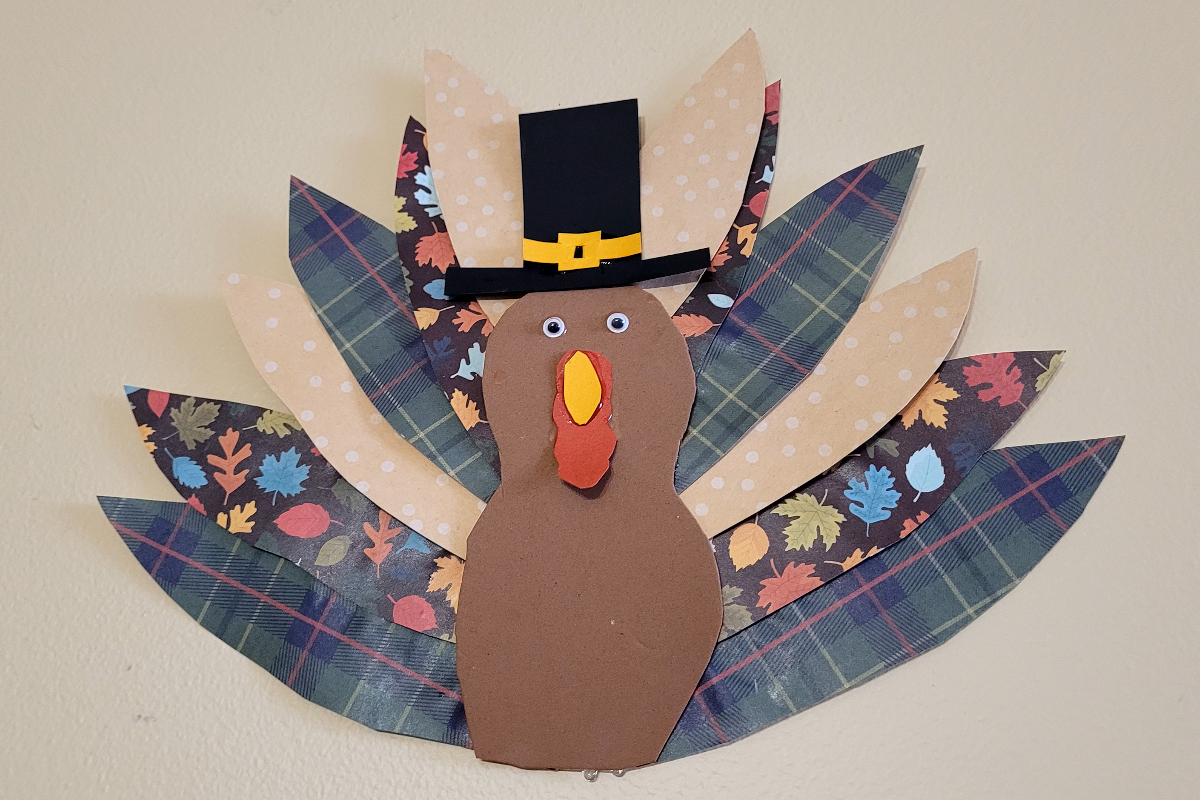Tactile Stimulation Pillow: Activities for Dementia Patients

Sensory stimulation has been shown to benefit patients with dementia. In particular, studies have shown that tactile stimulation can increase feelings of trust and relaxation in patients with dementia while giving caregivers a positive way to interact with their patient or loved one.
There are many ways we can provide tactile stimulation for someone with Alzheimer’s or other dementia. Fidget blankets feature zippers, buttons, and a variety of fabrics. They are a popular tool to help soothe individuals with dementia.
Another way to provide tactile stimulation for dementia patients is to collect a variety of different items in an activity box. Some things to consider adding include balls of different sizes, textures, and density. Other things to include are sandpaper, pine cones, and fabric samples. When putting together an activity box, remember to not include anything with sharp edges or items that can be easily swallowed.
Caregivers can also work alongside their loved one to create a tactile stimulation pillow that can double as a decorative accessory for your home and a tool for self-soothing.
Tactile Stimulation Pillow
What You’ll Need:
- Pillow Insert
- Pre-made pillow case in a solid color
- A variety of fabrics with different textures
- Double-sided fabric tape
- Safety scissors
Steps:
- Cut fabric into a variety of shapes to decorate the pillow.
- Attach a permanent stick fabric tape to the back of the fabric.
- Apply the fabric pieces to the pillow cover in a decorative pattern.
See more activities for dementia patients.
Caregiver Tips
Texture should be the top priority in selecting your fabric pieces. Some fabrics that work well are faux fur, corduroy, embroidered fabric, and felt.
- While doing activities with a loved one with dementia, engage them in conversation. Play music they enjoy softly in the background to create a positive mood.
- Fabric glue can be used in place of fabric tape.
- Even though your loved one may not remember names or things that happened in recent days, they may still remember their childhood. Ask about favorite colors or clothing they used to wear.
- Activities for people with dementia have the best chance of success early in the day when your loved one is well rested. If they don’t want to participate or get frustrated, don’t force it. Try again another time.
- Remember that the goal is to have an engaging activity with your loved one with dementia. You can coordinate the pillow with your home décor, but the real goal is a fun activity and a way to connect with your loved one. Don’t worry about the end result.
Crossroads Hospice & Palliative Care is open 24 hours a day, 7 days a week, 365 days a year to support patients with dementia and their families. Please call us at 1-888-564-3405 to learn more about how our unique care programs help provide a higher quality of life for dementia patients while helping caregivers avoid burnout.
If you found this information helpful, please share it with your network and community. Copyright © 2020 Crossroads Hospice & Palliative Care. All rights reserved.




